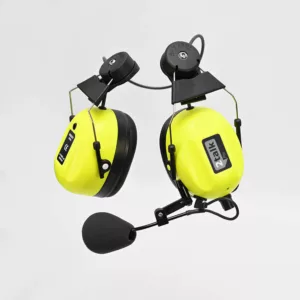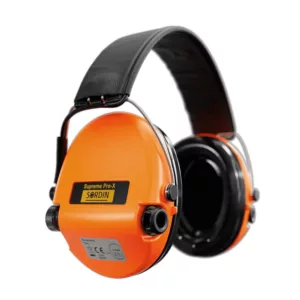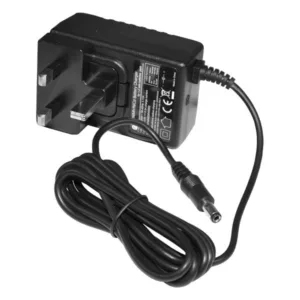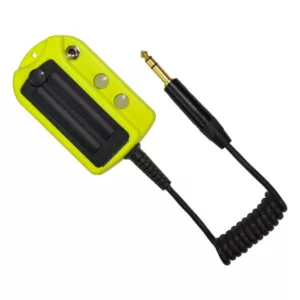When it comes to personal protective equipment (PPE), there’s no denying the significant role silicone ear plugs play. Used across various industries, including construction, aviation, and music, these compact devices shield our ears from potential harm. However, keeping them clean is a task often overlooked. Today, we’re going to delve into the comprehensive process of cleaning silicone ear plugs, keeping them hygienic and extending their longevity.
Understanding Silicone Ear Plugs
Before we dive into cleaning, it’s essential to appreciate why silicone ear plugs are a favourite choice among professionals. Known for their durability, flexibility, and outstanding noise reduction capabilities, these devices can be reused, making them cost-effective. However, to maximize these benefits, a proper cleaning routine is required.
Why Clean Your Silicone Ear Plugs?
Keeping your ear plugs clean is not just about maintaining their effectiveness, but it’s also vital for your ear health. Over time, ear plugs can accumulate earwax and bacteria. If not cleaned properly, they may lead to ear infections or other complications. Regular cleaning also ensures the longevity of the ear plugs, saving you the cost of frequent replacements.
Step-by-Step Guide to Cleaning Silicone Ear Plugs
Here is a straightforward guide to cleaning your silicone ear plugs:
1. Rinse With Warm Water
After each use, rinse your ear plugs gently under warm water. This step helps remove any immediate dirt or earwax. Avoid using hot water as it may deform the silicone material.
2. Apply a Mild Soap
Next, apply a small amount of mild soap to the ear plugs. Gently rub them together to work up a lather. This action helps break down the oils and any accumulated dirt effectively.
3. Rinse Thoroughly
Rinse the soap off under warm running water. Ensure that all soap is removed as any residue might irritate your skin or affect the ear plug’s performance.
4. Dry Properly
Dry the ear plugs using a clean, lint-free towel. Make sure they are completely dry before storing them to avoid bacterial growth. Never use a heated device like a hairdryer to speed up the process as it may damage the silicone.
Pro Tips for Cleaning Silicone Ear Plugs
- Always wash your hands before handling your ear plugs to prevent introducing new bacteria.
- Clean your ear plugs regularly, depending on your usage frequency. For daily users, cleaning once a week is advisable.
- Invest in a good quality storage case. This will protect your ear plugs from dust and other contaminants when not in use.
Conclusion
Maintaining your silicone ear plugs is not a task to be taken lightly. Regular cleaning ensures not only their durability but also keeps them hygienic and safe for your ears. Now that you know how to clean your silicone ear plugs, you can make sure they last longer and serve you effectively for years to come.



